

Articles
How To Store Scoby In Fridge
Modified: February 23, 2024
Learn how to store Scoby in the fridge and keep it fresh for your next batch of homemade kombucha. Check out our articles for step-by-step instructions and expert tips.
(Many of the links in this article redirect to a specific reviewed product. Your purchase of these products through affiliate links helps to generate commission for Storables.com, at no extra cost. Learn more)
Introduction
A scoby, short for “symbiotic culture of bacteria and yeast,” is the essential ingredient used to ferment kombucha, a popular and trendy probiotic beverage. This gelatinous disc-like organism not only imparts flavor to the brew but also aids in its fermentation process, resulting in a tangy, carbonated drink loved by many.
However, there may be times when you need to store your scoby for a longer period, whether due to vacation, lack of time for brewing, or simply having too many scobys on hand. Storing your scoby correctly is crucial to maintaining its health and potency, ensuring that it remains viable for future use.
In this article, we will delve into the reasons for storing your scoby in the fridge, the necessary preparations, the best containers for storage, proper techniques for storing in the fridge, and tips for long-term scoby storage. So, if you’re ready to learn how to keep your scoby happy and healthy even when it’s taking a break, let’s dive in!
Key Takeaways:
- Storing your scoby in the fridge preserves its vitality, extends its shelf life, and provides convenience, ensuring a ready supply of kombucha when you’re ready to brew again.
- Proper preparation, container selection, and maintenance are crucial for maintaining your scoby’s health and viability during fridge storage. Follow these steps for successful long-term scoby storage.
Read more: How To Store A Scoby
Understanding Scoby
Before we dive into the specifics of storing your scoby in the fridge, let’s take a moment to understand what a scoby is and its importance in the kombucha brewing process.
A scoby is a living culture composed of various strains of bacteria and yeast. It forms a thick, rubbery disc that floats on the surface of the fermenting liquid. The scoby acts as the foundation for the fermentation process, converting sweet tea into tangy and carbonated kombucha.
The bacterial and yeast strains present in the scoby work together symbiotically. The bacteria, primarily acetobacter, metabolize the alcohol produced by the yeast, converting it into acetic acid. This acid gives kombucha its characteristic tanginess. The yeast strains, such as Saccharomyces cerevisiae and Brettanomyces bruxellensis, metabolize sugars, producing alcohol and carbon dioxide, resulting in the carbonation of the beverage.
Additionally, the scoby acts as a protective barrier, preventing harmful bacteria and wild yeasts from contaminating the brew. It also retains heat and prevents excessive oxidation during fermentation. Without a healthy and active scoby, achieving a successful batch of kombucha would be challenging.
It’s important to note that a scoby is a living organism and requires proper care. Like any other living creature, it can be adversely affected by environmental factors such as temperature, light, and exposure to oxygen. This is why knowing how to properly store your scoby is essential to maintaining its vitality for future brews.
Why Store Scoby in the Fridge?
Storing your scoby in the fridge offers several benefits that help maintain its health and viability. Let’s explore the reasons why refrigeration is the preferred method of scoby storage:
Temperature Control: The temperature stability provided by the fridge is crucial for preserving the vitality of the scoby. Kombucha fermentation is most optimal between 68-78°F (20-26°C). Storing the scoby in a cool environment like the fridge helps maintain a consistent temperature, preventing fluctuations that could harm or stall fermentation.
Inactivity: Placing the scoby in the fridge slows down its metabolic activity. This serves as a pause button, giving you the freedom to take a break from brewing without worrying about maintaining the scoby’s health. It can stay in a state of dormancy for several weeks or even months.
Protection from Contamination: The fridge provides a controlled environment that minimizes the risk of contamination from other bacteria, yeast, or mold. The lower temperature inhibits the growth of harmful microorganisms and prevents unwanted fermentation in the absence of fresh tea and sugar.
Extended Shelf Life: Refrigeration significantly extends the shelf life of your scoby. When properly stored, a scoby can remain viable for several months, allowing you to pick up where you left off whenever you’re ready to resume brewing.
Convenience: Storing your scoby in the fridge offers convenience in managing multiple scobys or taking breaks between brewing cycles. It eliminates the need for daily feeding and regular monitoring, allowing you more flexibility with your brewing schedule.
Overall, refrigerating your scoby provides a controlled and protective environment, maintaining its health and preserving its potency, making it the ideal method for storing your scoby when not actively brewing kombucha.
Preparing Scoby for Storage
Before placing your scoby in the fridge, it’s essential to prepare it properly to ensure its long-term viability. Following these steps will help maintain the health of your scoby during storage:
1. Brew a Fresh Batch of Kombucha: Start by brewing a fresh batch of kombucha using your scoby as usual. This will provide the scoby with a nutrient-rich environment and ensure that it has enough food to sustain it during storage.
2. Ferment the Kombucha for a Longer Time: Allow the freshly brewed kombucha to ferment for a longer period. This will ensure that the batch is fully fermented and there is a higher concentration of acetic acid present. The increased acidity helps inhibit the growth of unwanted microorganisms during storage.
3. Remove the Scoby: Carefully remove the scoby from the fully fermented kombucha using clean hands or utensils. Gently shake off any excess liquid from the scoby, but avoid squeezing or rinsing it, as this may disturb the delicate balance of bacteria and yeast present on the surface.
4. Separate Scoby Layers: If your scoby has multiple layers, you can carefully peel them apart. Each layer can be stored separately, ensuring that you have backup scobys in case one becomes compromised or contaminated.
5. Place Scoby in Reserved Kombucha: Place the scoby into a clean glass container and pour some of the reserved fully fermented kombucha over it. The liquid acts as a protective solution, providing nourishment for the scoby and maintaining its moisture level during storage.
6. Cover the Container: Cover the container with a breathable cloth such as cheesecloth or coffee filter and secure it with a rubber band. This allows for proper air circulation while preventing dust, insects, or other contaminants from entering.
7. Label and Date: Don’t forget to label the container with the date of storage. This will help you keep track of how long the scoby has been stored and ensure that you don’t accidentally use an expired scoby for brewing.
By following these steps, you’ll ensure that your scoby is prepared for storage and will have the best chance of remaining healthy and viable during its time in the fridge.
Choosing the Right Container
When it comes to storing your scoby in the fridge, choosing the right container is crucial. The container should provide a safe and clean environment for the scoby while allowing for proper air circulation. Here are some factors to consider when selecting the container:
Glass Container: Opt for a glass container rather than plastic or metal. Glass is non-reactive and does not leach any harmful chemicals into the stored liquid or affect the scoby’s health. It also allows you to easily monitor the condition of the scoby.
Airtight Lid: Ensure that the container has an airtight lid or cover. This prevents excess oxygen exposure, which can lead to oxidation and compromise the scoby’s integrity. A tight seal also helps prevent any unwanted odors or flavors from infiltrating the stored scoby.
Breathable Cover: While an airtight lid is important, it’s equally crucial to cover the container with a breathable cloth, such as a cheesecloth or coffee filter, before sealing it. This allows for proper air circulation and prevents the accumulation of moisture, which can lead to mold growth.
Sufficient Size: Choose a container that is large enough to accommodate your scoby and reserve kombucha with some headspace. The scoby should have enough space to float freely, while the reserved liquid provides it with nourishment and protects it from dehydration.
Clear and Labeled: Use a clear glass container that allows you to visually inspect the scoby without opening the lid. Additionally, label the container with the date of storage to keep track of how long the scoby has been in the fridge.
By choosing the right container, you can create an optimal storage environment for your scoby, ensuring its safety and preserving its vitality during the fridge storage period. Remember to clean and sterilize the container before use to minimize the risk of contamination.
Store your SCOBY in a glass jar with enough kombucha to cover it. Keep it in the fridge for up to 3 months, checking on it periodically to make sure it’s healthy and not growing mold.
Read more: How To Store A Fridge
Storing Scoby in the Fridge
Now that you have prepared your scoby and chosen the right container, it’s time to store it in the fridge. Follow these steps to ensure the proper storage of your scoby:
1. Place the Scoby in the Container: Carefully transfer the prepared scoby into the clean glass container, ensuring that it is fully submerged in the reserved fully fermented kombucha. Avoid bending or folding the scoby, as this may damage its structure.
2. Secure the Lid: Seal the container with its airtight lid, making sure it is properly closed. This prevents excessive airflow and helps maintain a stable temperature inside the container.
3. Cover with a Breathable Cloth: Before refrigerating, cover the container with a breathable cloth such as a cheesecloth or coffee filter. This allows for proper air circulation while providing protection against dust or other contaminants.
4. Place in the Fridge: Find a spot in your fridge where the container can sit undisturbed. Avoid placing it near strong-smelling food items, as the scoby can absorb odors. Try to keep it away from the back of the fridge where temperature fluctuations are more likely to occur.
5. Maintain Consistent Temperature: Check the temperature of your fridge to ensure it remains within the range of 35-45°F (2-7°C). Avoid frequent opening and closing of the fridge door, as it can cause temperature fluctuations. Stable and consistent temperatures are crucial for maintaining the scoby’s health during storage.
6. Check Monthly: While the scoby is in the fridge, it’s a good practice to check on it once a month. Remove the container from the fridge, inspect the scoby for any signs of mold or unusual discoloration, and ensure that the liquid is not dry or evaporated. If necessary, top up the container with some reserved kombucha or discard any discolored or compromised scoby layers.
By following these steps, you can successfully store your scoby in the fridge, keeping it in a dormant state until you’re ready to resume brewing. The stable temperature and controlled environment provided by the fridge ensure that the scoby remains healthy and viable for an extended period of time.
Maintaining Scoby Health in the Fridge
While the fridge provides an ideal environment for storing your scoby, it’s still important to take certain precautions to ensure its continued health and vitality. Here are some tips to help maintain the health of your scoby while it’s in the fridge:
1. Temperature Stability: Check the temperature of your fridge regularly to ensure it remains in the optimal range of 35-45°F (2-7°C). Avoid drastic temperature fluctuations by keeping the fridge door closed as much as possible. Stable temperatures are crucial for preserving the scoby’s health during storage.
2. Avoid Strong Odors: Keep your scoby away from strong-smelling food items in the fridge. The scoby can absorb odors, which may affect the flavor of your future batches of kombucha. If possible, store the scoby in a designated area of the fridge away from heavily scented items.
3. Prevent Freezing: Make sure your scoby does not freeze in the fridge. Prolonged exposure to freezing temperatures can damage the cells of the scoby and impact its fermentation abilities. If you notice any signs of freezing, such as ice crystals forming on the scoby, adjust the temperature or change the location within the fridge.
4. Check Moisture Levels: Periodically inspect the stored scoby to ensure that it remains moist. The scoby should be submerged in the reserved fully fermented kombucha or covered in enough liquid to prevent dehydration. If the liquid evaporates over time, top it up with additional reserved kombucha to maintain proper moisture levels.
5. Monitor for Mold: During your monthly check-ins, carefully examine the scoby for any signs of mold. Mold growth appears as fuzzy patches or unusual colors on the surface of the scoby. If you find any mold, discard the contaminated layers and the liquid, ensuring that you have a backup scoby ready for future batches.
6. Rotate Containers: If you have multiple scobys stored in the fridge, periodically rotate the containers to ensure each scoby receives equal exposure to the refrigerator environment. This helps prevent any scoby from being neglected or experiencing adverse conditions.
By following these guidelines, you’ll be able to maintain the health and viability of your scoby while it’s in the fridge. This ensures that when you’re ready to brew kombucha again, your scoby will be in optimal condition to create delicious and probiotic-rich batches.
Tips for Long-term Scoby Storage
If you plan to store your scoby in the fridge for an extended period, here are some additional tips to help ensure its longevity and viability:
1. Use Freshly Fermented Kombucha: When storing your scoby, make sure to use freshly fermented kombucha as the reserved liquid. Avoid using kombucha that has been sitting for too long or has developed off-flavors, as this can affect the health of the scoby during storage.
2. Maintain a Regular Brewing Schedule: If possible, try to maintain a regular brewing schedule to prevent your scoby from being stored for too long. Regular brewing keeps the scoby active and healthy, and it minimizes the potential risks associated with long-term storage.
3. Backup Scobys: Consider having backup scobys in case the one you stored becomes compromised or contaminated. This ensures that you have a replacement available if needed, so you can continue brewing without interruption.
4. Label and Date: Always label the storage container with the date of storage. This allows you to keep track of how long the scoby has been stored and helps ensure that you use it within a reasonable time frame.
5. Store in Individual Containers: If you have multiple scobys, it’s best to store them in separate containers. This minimizes the risk of cross-contamination if one scoby becomes compromised. It also makes it easier to manage and keep track of each scoby’s health and storage duration.
6. Maintain a Clean Fridge: Keep your refrigerator clean and free from any potential contaminants. Regularly clean the fridge shelves and drawers to prevent the buildup of mold or bacteria that could affect the stored scoby.
7. Consider Backup Storage Options: If your fridge becomes crowded or if you need to free up space, you can explore alternative storage options. For example, you can store the scoby in a SCOBY hotel, a jar filled with prepared kombucha and multiple scobys, at room temperature. This provides a temporary solution for scoby storage if fridge space is limited.
By following these tips, you’ll be well-equipped to store your scoby for an extended period while maintaining its health and viability. With proper storage techniques, your scoby will be ready to go when you’re ready to resume brewing your own delicious homemade kombucha.
Taking Scoby Out of the Fridge
When you’re ready to start brewing again, it’s time to take your scoby out of the fridge. Properly transitioning your scoby from the cold storage to the brewing process is important to ensure its health and successful fermentation. Here’s how to take your scoby out of the fridge:
1. Prepare a Batch of Fresh Sweet Tea: Start by brewing a fresh batch of sweet tea using your preferred method. This will serve as the base for your kombucha and provide the necessary nutrients for the scoby.
2. Take the Scoby out of the Fridge: Carefully remove the container with the scoby from the fridge. Place it on a clean surface and gently remove the breathable cloth covering the container.
3. Inspect the Scoby: Take a close look at the scoby to ensure its health. Look for any signs of mold or unusual discoloration. Discard the scoby if you notice any signs of contamination or if it has an off smell. Having backup scobys can come in handy if you need to replace a compromised one.
4. Gradually Adjust the Scoby’s Temperature: To acclimate the scoby to room temperature, allow it to sit on the counter for a couple of hours. This gradual adjustment helps prevent thermal shock that can occur when transferring the scoby from a cold environment to a warmer one.
5. Save Some Starter Liquid: Before continuing with the brewing process, set aside a cup of the reserved fully fermented kombucha from the container. This will serve as the starter liquid for your next batch and help maintain the proper microbial balance.
6. Continue with the Brewing Process: Follow your standard kombucha brewing process using the freshly brewed sweet tea and the prepared scoby. Place the scoby in the brewing vessel, making sure it floats on the surface. Cover the vessel with a breathable cloth or seal it with an airtight lid with a fermentation valve, depending on your preferred brewing method.
By following these steps, you can successfully transition your scoby from the cold storage of the fridge back into the active brewing process. Remember to monitor the fermentation process closely and give your scoby some time to reawaken and resume its fermentation activity.
Read more: How To Store Squash In The Fridge
Conclusion
Properly storing your scoby in the fridge is essential for maintaining its health and vitality during periods when you’re not actively brewing kombucha. By following the steps outlined in this article, you can ensure that your scoby remains in a dormant state while still retaining its ability to produce delicious and probiotic-rich kombucha when you’re ready to brew again.
Understanding the importance of the scoby and its role in the fermentation process is crucial in ensuring the success of your kombucha brewing endeavors. The scoby not only imparts flavor to the brew but also protects it from harmful bacteria and wild yeasts. Giving your scoby the proper care it needs will guarantee the production of a high-quality and tasty beverage.
Remember to prepare your scoby for storage by fermenting a fresh batch of kombucha, choosing the right container, and submerging it in reserved fully fermented kombucha. Ensure that the container is sealed and covered with a breathable cloth before placing it in the fridge.
While in storage, maintaining temperature stability, preventing freezing, and checking on moisture levels are key factors to consider. Regular inspections and rotation of containers, if applicable, will help ensure the scoby’s health during long-term storage.
When you’re ready to resume brewing, remove the scoby from the fridge, gradually adjust it to room temperature, and use it with fresh sweet tea to start a new batch of kombucha. And don’t forget to save some starter liquid from the reserved fully fermented kombucha for the next brewing cycle.
By following these guidelines, you can confidently store your scoby in the fridge, knowing that it will be in optimal condition when you’re ready to embark on your next kombucha brewing adventure.
So, whether you’re taking a much-needed break from brewing or simply have an excess of scobys on hand, the fridge can be your scoby’s safe haven. Enjoy the flexibility and convenience of storing your scoby while maintaining its health and ensuring a continuous supply of refreshing kombucha!
Frequently Asked Questions about How To Store Scoby In Fridge
Was this page helpful?
At Storables.com, we guarantee accurate and reliable information. Our content, validated by Expert Board Contributors, is crafted following stringent Editorial Policies. We're committed to providing you with well-researched, expert-backed insights for all your informational needs.


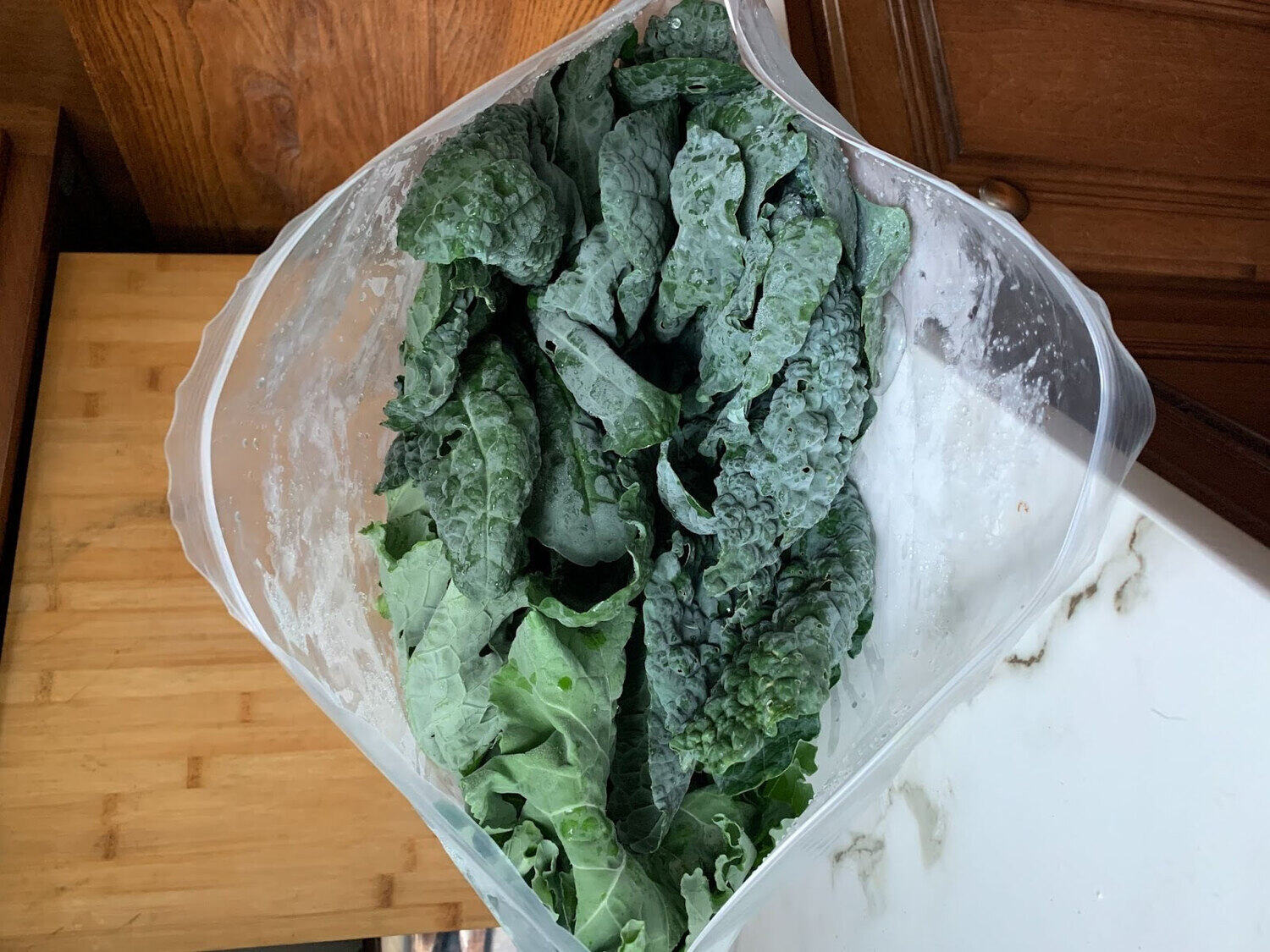

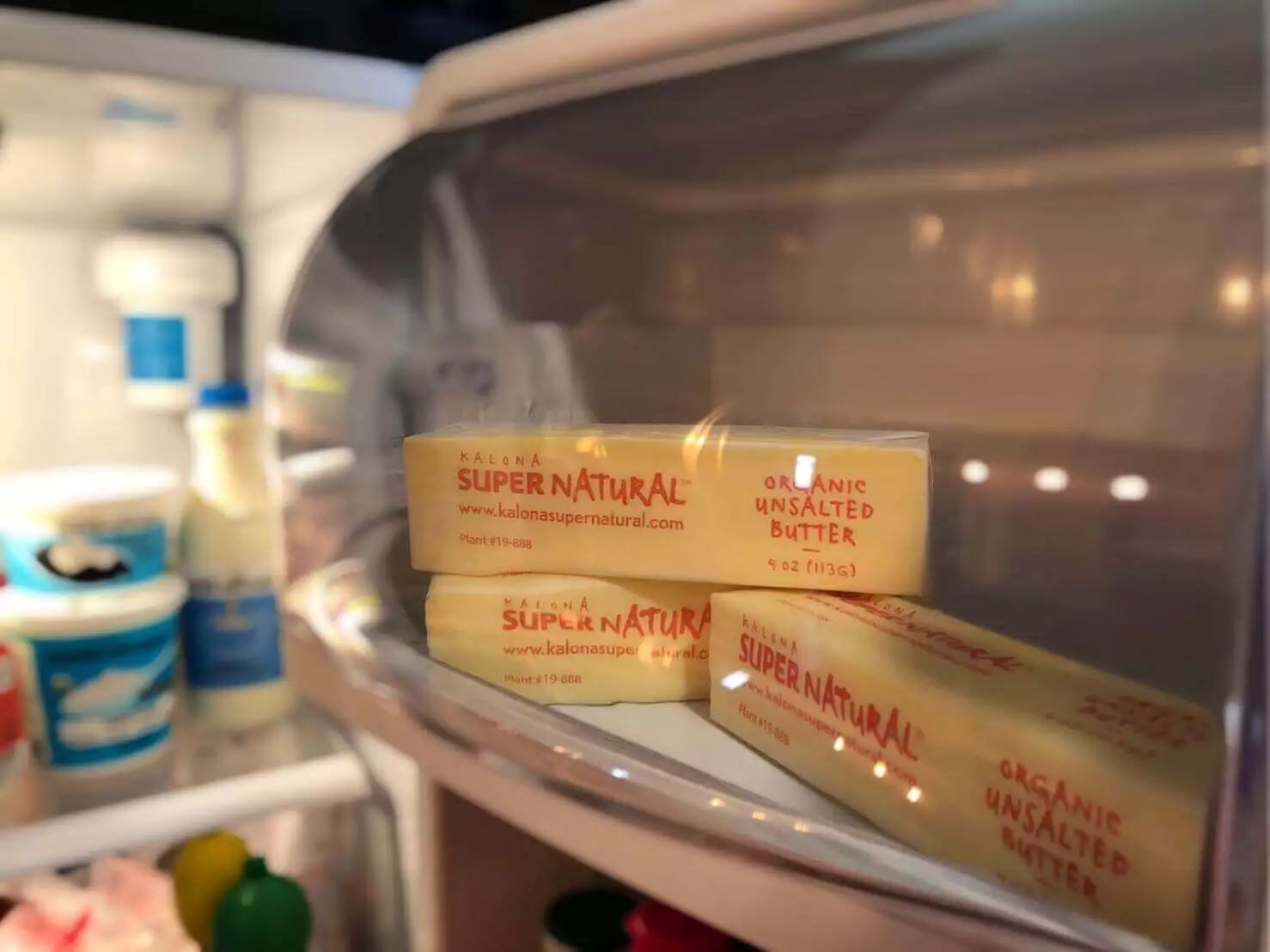
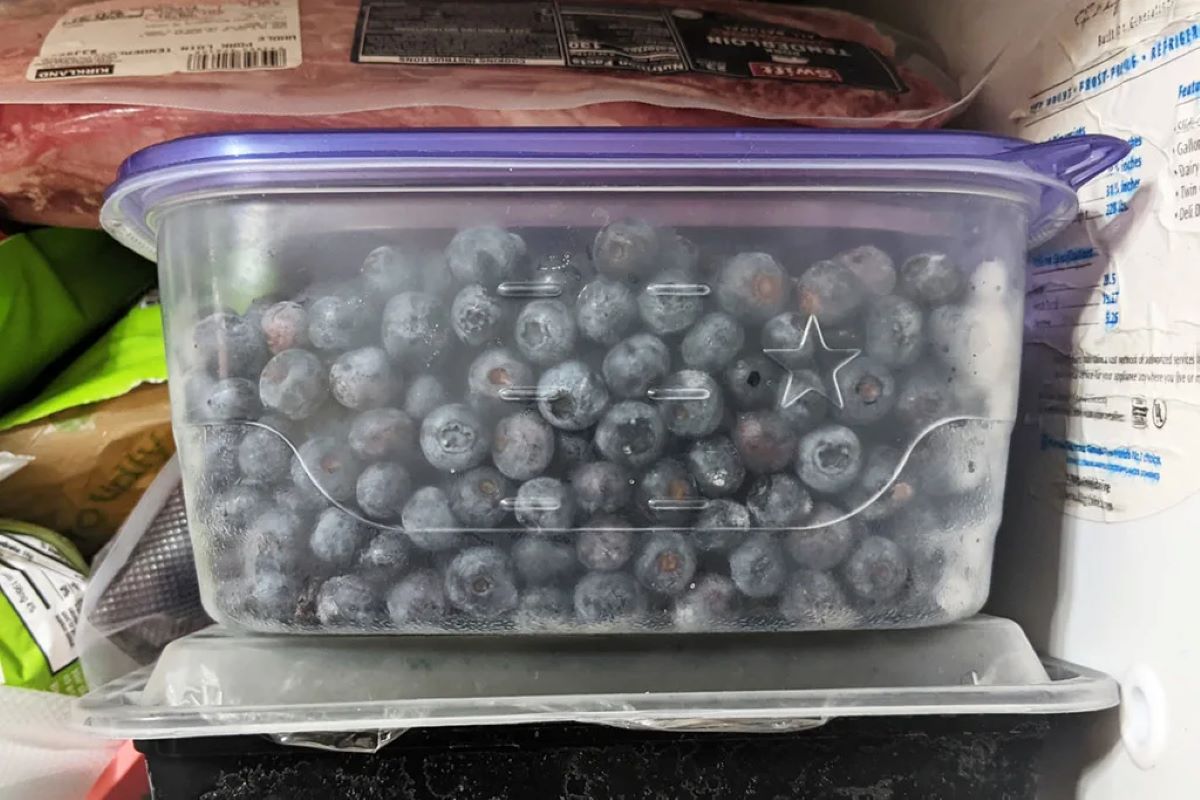

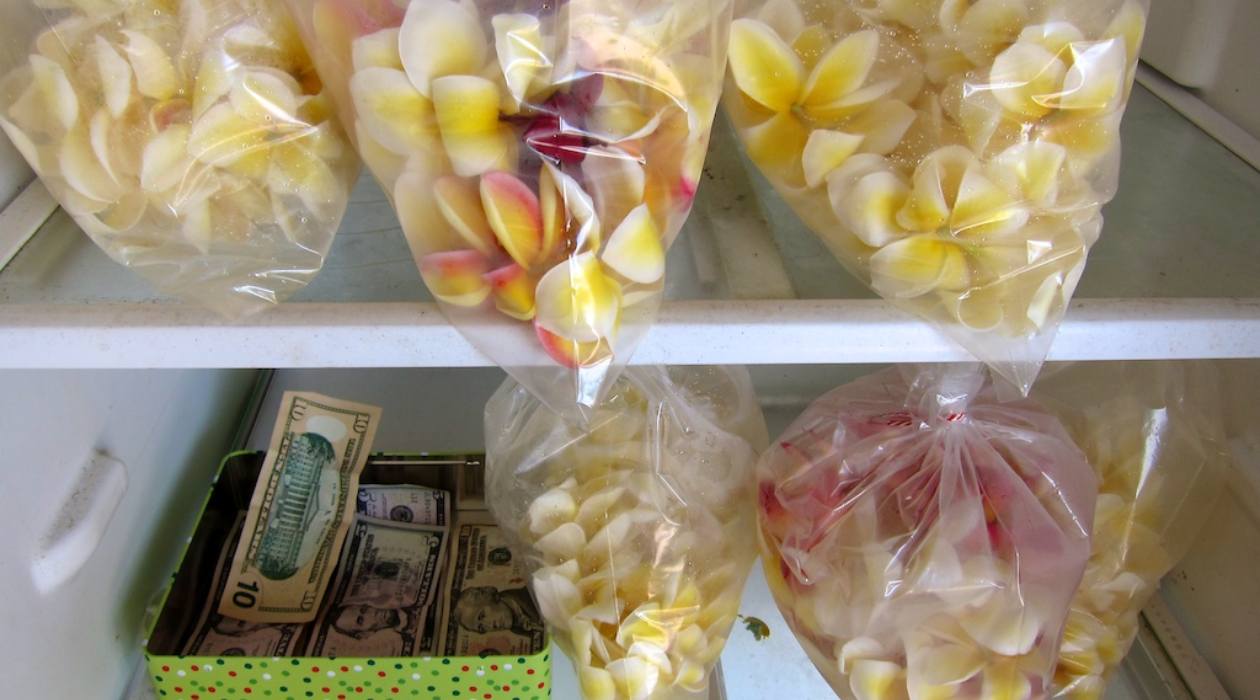



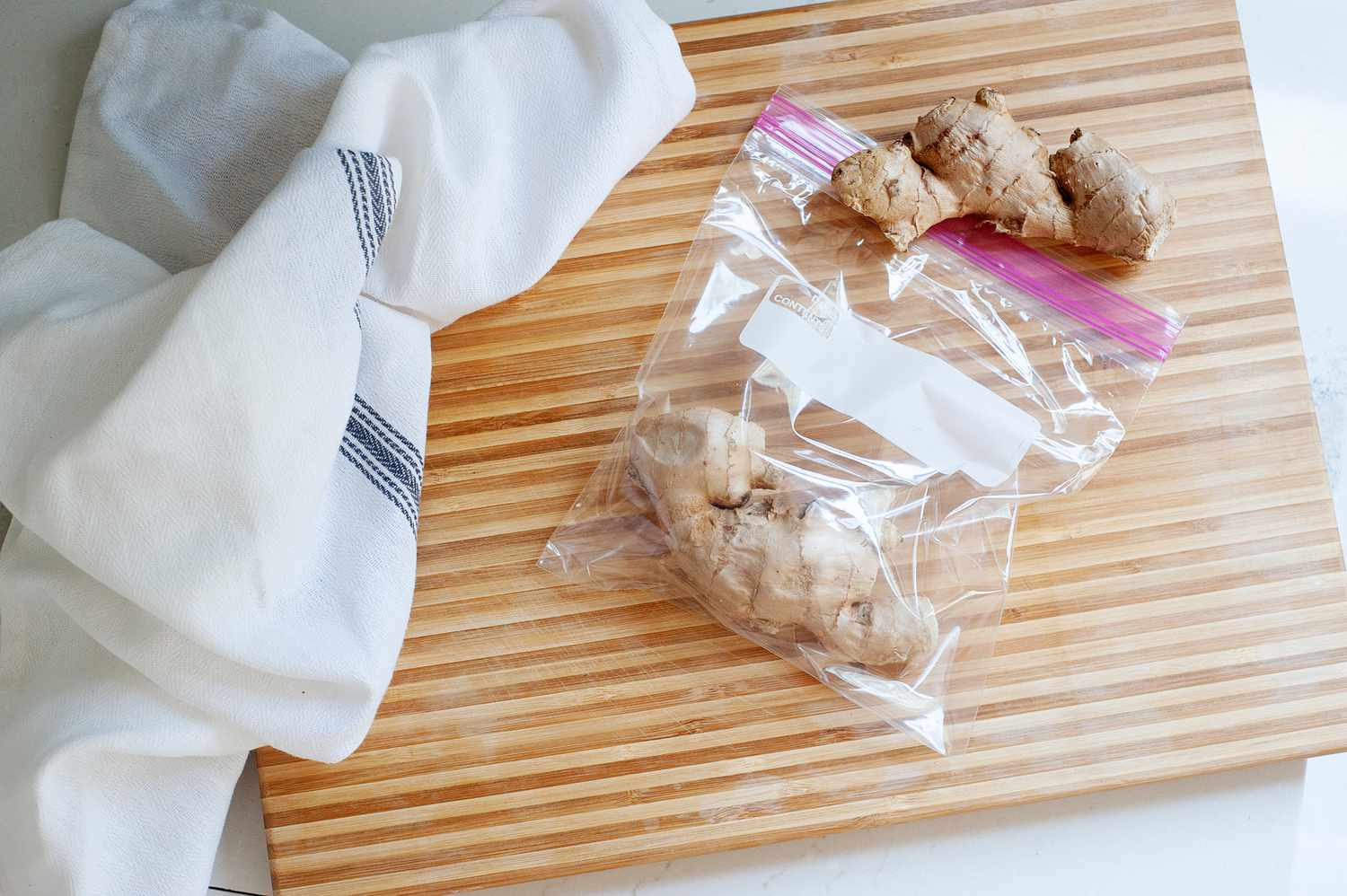


0 thoughts on “How To Store Scoby In Fridge”